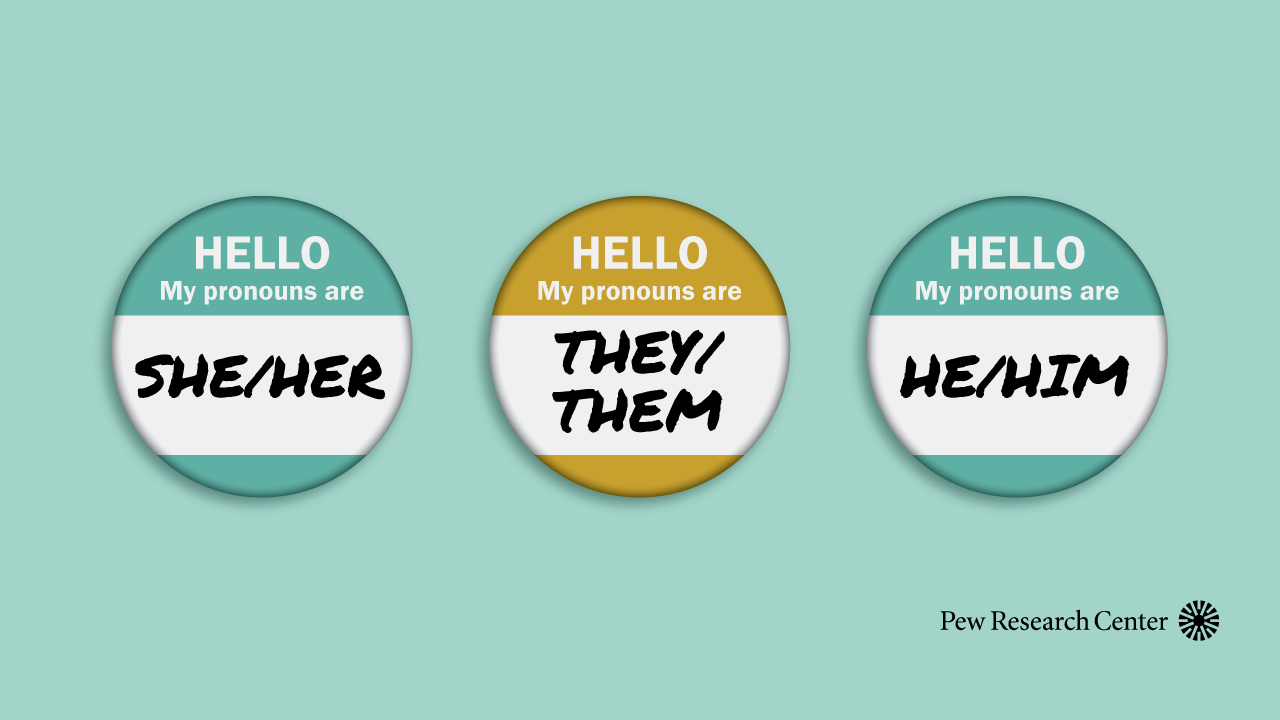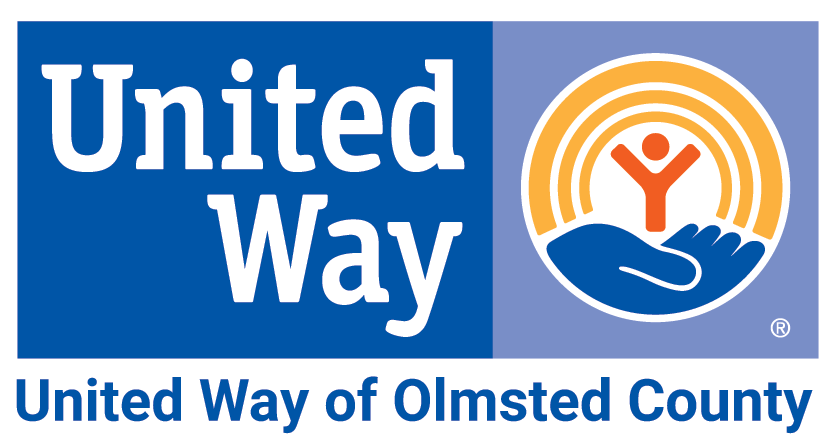.png)
Wednesday, January 19
"As cisgender people become more familiar with gender-diverse people, good communication will increase, stigma will decline, and mutual respect will increase." - Dr. Devor |
What is gender, anyway?
Not sure? You’re not alone. Gender can be a confusing topic with various terms that seem similar but have different meanings. Common definitions from Human Rights Campaign will allow us to dig deeper today and equip you with a more thorough understanding of gender going forward.
Sex assigned at birth - The sex, male, female, or intersex, that a doctor or midwife uses to describe a child at birth based on their external anatomy.
Gender identity - One’s innermost concept of self as male, female, a blend of both, or neither – how individuals perceive themselves and what they call themselves. *One's gender identity can be the same or different from their sex assigned at birth.
Gender expression - External appearance of one's gender identity, usually expressed through behavior, clothing, body characteristics, or voice, and which may or may not conform to socially defined behaviors and characteristics typically associated with being either masculine or feminine.
You’ll notice gender identity is an internal experience. A person’s own authentic way of how they perceive themselves and/or how they express themselves can also change, regardless of their sex assigned at birth.
Multiple genders have always existed. This Map of Gender-Diverse cultures from Independent Lens by PBS shows that, “on nearly every continent, and for all of recorded history, thriving cultures have recognized, revered, and integrated more than two genders.” Terms such as “transgender” are new constructs to combat old assumptions that there’s only two sexes (male/female) and only two genders (man/woman).
Despite this, harmful gender stereotypes still persist today.
Most of us grow up hearing two narrow stories of gender: man or woman. We hear phrases like, “Man up.” “Throw like a girl.” “Boys will be boys.” In this narrative, society tells us how boys, girls, men, or women are supposed to behave. This problem is twofold: 1) Why do we have prescriptive gender norms in the first place? 2) What happens to nonbinary kids who grow up hearing the message that they don't even exist?
Activists, advocates, and academics encourage us to think about gender beyond the binary.
We are constantly absorbing messages about gender through our families, schools, peer groups, and media. While an increasing number of people identify as nonbinary, agender, or another gender, those messages are shaping opportunities and outcomes for people based on their gender. These outcomes are further affected when someone's gender identity intersects with their other identities (What is intersectionality?). Many forms of oppression - like racism, sexism, and ageism - might be present at the same time.

Did you know?
- As of 2021, women in the United States earn 82 cents for every dollar earned by men. (Forbes)
- Equal pay is crucial for all women, yet we see even larger income disparities among women of color, older women, lesbian women, transgender women, and women with disabilities. (National Women’s Law Center)
- The average earnings of transgender women workers fall by nearly one-third after transition. (The B.E. Journal of Economic Analysis & Policy)
- As of 2021, the U.S. Census doesn’t ask about gender identity.
- As of 2021, there are about 1.2 million nonbinary LGBTQ adults in the United States. (The Williams Institute)
- 20 US states (including Minnesota) and the District of Columbia offer nonbinary gender markers on legal identification documents.
Remember, sexuality is different from gender identity and gender expression.
Today, your challenge will explore gender. Tomorrow, we’ll dive into sexuality and the history of the LGBTQIA+ community in the United States.
Today's Challenge: Do one or more of the following...
OPTION 1: Further explore our topic from Day 4. Watch this brief “What is Intersectionality” video (2:49) to gain a better understanding of how gender interacts with race, ability, age, and other dimensions of identity to shape our experiences of the world.
OPTION 2: We humans like to categorize. We automatically put people into one of two boxes, even though sometimes folks can be in both, in between, or somewhere else entirely. Explore this concept further in the blog post titled 8 Common (But Easily Fixable) Ways We Erase Non-Binary People from Society.
OPTION 3: Listen to Grayson’s story about receiving gender-affirming care from Mayo Clinic’s Transgender Intersex Specialty Care Clinic on Minnesota Public Radio. Mayo Clinic was one of the country’s first major medical centers to provide comprehensive, multidisciplinary care for transgender patients.
OPTION 4: View the data on COVID-19's impact on women’s employment. McKinsey & Company produced 7 compelling charts showing how women, especially those with children, are being pushed out of the workforce under the stress of the pandemic. The City of Rochester is taking action to advance women’s economic mobility by creating pathways for BIPOC women to enter the high-paying local construction industry.
OPTION 5: In recent years, LGBTQ activists and linguists around the world have championed more inclusive language, both by creating entirely new non-binary terms and by retooling already existing words and grammar constructions. It’s not always easy. Read this article from the Washington Post about the development of gender neutral language.
OPTION 6: Often, people make assumptions about the gender of another person based on the person’s appearance or name. Learn about personal pronouns, why they matter, and how to use language that is inclusive of people of all genders. Then, add your pronouns to your email signature and incorporate them into your next meeting introduction.
OPTION 7: Watch The revolutionary truth about kids and gender identity (16:49), a TedxMinneapolis talk by Angela Kade Goepferd that provides a powerful overview of how kids learn about gender identity.
